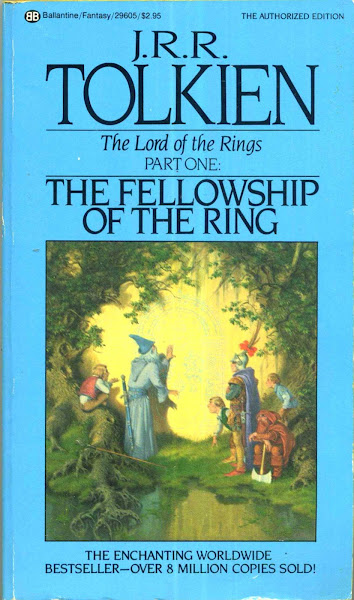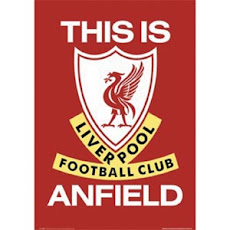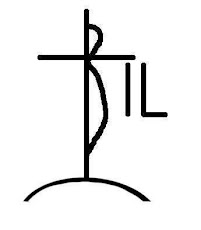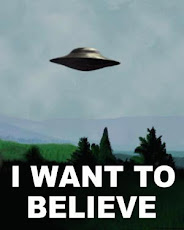The Big Show
The UAAP’s runaway success affects the national sports scene in so many ways. But it has brought on a whole slew of problems that are both good and bad.
by rick olivares
The scent of a winner
The day after the Ateneo Blue Eagles won the Season 71 Men’s Basketball championship, the phone lines at the University Athletics Office rang non-stop. The callers were of the local and long distance sort from the National Capital Region to the far-flung islands of the Philippine archipelago to the different time zones of Asia and North America.
“The calls were inquiries about tryouts for the Ateneo Men’s Basketball Team,” revealed Emmanuel Fernandez, the Assistant Athletics Director. “Everyone just wanted to join the team. Kaya during open tryouts sobrang daming tao. It isn’t solely winning a title but also because they appear in various media and are identified with a global brand such as adidas. And that makes them very visible and desirable as an ambition.”
While Ateneo may be on top of the basketball pole in different ways, the other member schools of the UAAP have also been beneficiaries of the league’s success.
National University’s Board Representative Robert Paguia reported a modest increase in enrollment – an accepted barometer of a school’s successful athletic program – this school year ‘09-‘10 even if its Bulldogs finished at the bottom of the basketball standings last year.
“A part of it has to do with the enhanced image of NU when the Sys (of Shoe Mart fame) bought the school. Better funding and better facilities definitely helps. Plus, seeing the sports teams on television is always attractive,” said the longtime NU administrator. “That is why the basketball program is being built up to acceptable standards.”
If it is fashionable for billionaires to purchase football teams in the English Premier League, in the Philippines, taipans buy into the UAAP schools (see Lucio Tan with the University of the East and Henry Sy with NU). “We got into education because we believe that we can play a major role in developing our youth for tomorrow,” said Hans Sy of SM Prime Holdings, the new owner of the Sampaloc-based university.
And it doesn’t stop there. Far Eastern University’s Anton Montinola intimated that there have been inquiries by other schools about joining the UAAP. “We are studying all our options,” promised the highly visible team manager of the Tamaraws. “I like to think that we have been doing something good and others want to be a part of that.”
The Big Ticket
For all the headline news and twitter about the UAAP games, there was a time when you could walk up to the ticket booth at the already ancient Rizal Memorial Coliseum on game day and secure seats with a great view of the on-court action. However, those days weren’t exactly great from a commercial standpoint.
There was hardly television coverage. There was none of the merchandise that is the norm and fashion today for every rabid fan. And there was certainly no cheering competition for the only ones who trooped to the court during halftime was Ateneo. In fact, if you spoke of forming pyramids that didn’t mean a routine formed by cheer dancers and lifters but Johnny Midnight and toning.
Johnny who? Toning what?
Exactly.
Today it’s a mad scramble to procure tickets more so during the annual Ateneo-La Salle games, the Final Four, and the Finals where anyone who secures a ticket is akin to finding one of Willy Wonka’s Golden Tickets.
And ticket sales have also been beneficial for each school. “A school receives 25% of all tickets sold so you can imagine what goes back to a school like ours,” underscored Ateneo University Athletics Director Richard Palou. “That extra money goes a long long way.”
The league’s ticket sales trump those of other collegiate competitions confirmed Montinola. “That’s why the games are increasingly held at the Araneta Coliseum because of its bigger capacity. “
The high profile nature of the basketball games has also a great effect on the fortunes of its players.
Before the lure of fat television contracts and endorsements galore, the UAAP fed the national teams and pro ranks with its players. In fact, a look at the national teams of the 80’s and 90’s revealed many of its members coming from the junior circuit (the rival NCAA is older but is perceived to be less glamorous). The names of Allan Caidic, Benjie Paras, Jerry Codinera, Glenn Capacio, Dindo Pumaren, and Jun and Eric Reyes all became household names in the UAAP and amateur basketball before being drafted into the PBA.
“The high profile nature of the UAAP is perhaps the biggest recruiting tool we have,” chipped in Montinola who also admitted that having four of his former and current Tamaraws on the Smart Gilas Philippine National Team as being added publicity. “Now you have many kids out there saying, “I want to play for FEU because they also have a chance of joining the national team.’”
The basketball conundrum
Yet if there has been anything golden about the UAAP, it has been the ten-year partnership between the league and broadcast giant ABS-CBN. “The partnership has been mutually beneficial. Commercialization has made it easier to get sponsors for the school and its athletic programs. The UAAP as a whole receives Php 65 million from ABSCBN that is used to subsidize the other athletic competitions and programs.” disclosed Palou.
Added Fernandez, “Commercialization has been good because in the case of adidas, we receive uniforms and equipment for all our teams that would otherwise be too costly for the university to provide.”
Adidas, the German-athletic apparel giant also sponsors De La Salle while competitor Nike dresses up rivals FEU and UE.
While it is perceived that basketball receives far too much attention than other sports, the irony of it all is that it – along with volleyball that has become increasingly popular – funds all other athletic competitions and events of the league.
Added Paguia, “We insisted that it be in our contract with our television carrier that it not just be basketball but other sports especially volleyball and football.”
Just as the windfall from basketball helps other UAAP sports, it also supports ABS-CBN’s other sports programs. A sales person from ABS-CBN who refused to be identified, disclosed, “The number of sponsors for the UAAP this year is a little down last season but it is still wildly successful with revenues well over the P100M mark. The UAAP is the primary cash cow of ABS-CBN Sports helping it to support the coverage of other sports events. It is safe to say that without the UAAP, ABS-CBN would not have a sports department.”
Other television networks realize the drawing power of the UAAP. At the end of this season, the league’s contract with ABS-CBN will expire. Although the network giant will have the right of first refusal meaning they get first crack at retaining their prized client, rivals GMA-7 and Solar Sports are also knocking on the door. For GMA-7, if successful, it will be their first major foray into long-term continuous sports coverage as they have cut their eye-teeth in canned shows and telenovelas. Solar, the cable giant is the acknowledged ladder in local sports coverage and having the National Basketball Association, the Philippine Basketball Association, and the Philippine Basketball League on their roster looks good on their resume.
GMA-7 is reported to have submitted the best bid thus far. “We will make the decision by the summer,” said Montinola.
The success of the league has also spawned an industry of websites, blogs, and t-shirt business where expressions of school spirit are proudly emblazoned in front. In Ateneo alone, there have been three major players in Get Blued, Blue Crew, and OGBD. “Your school is a huge market in terms of sales and following,” explained former Blue Eagle Mike Baldos, one of the owners of Blue Crew. “It helps that we are composed of former and current players and when the team runs to the floor for warm-ups, people watching on television see them wearing the shirts.”
“That’s school spirit,” summed up Palou. “That’s a following that you will have for life unlike professional teams with the notable exception of Ginebra San Miguel whose following is nationwide. But in many ways, the UAAP has begun to rival and even surpass the PBA. Let’s just say that it’s neck-and-neck at this point.”
Said Dianne, a student in the Ateneo: “For three months (the UAAP basketball season), I have to juggle watching the games with my studies. I also have to manage my time surfing the internet reading about the games and budgeting my allowance buying t-shirts and magazines. And there’s the matter of tickets that is always difficult. Being a fan is never easy.”
Ateneo Alumni Association President Mike Valencia agreed, “You wait for a year for three months of UAAP basketball and you’re fixated in that time. Even work takes a backseat. Then when the season is done, you ask yourself, ‘So what do I focus on now?’”
Pandora’s box
Collectively, league officials believe that the UAAP’s commercialization is good for the league since it drives fans, following, and hype. “The negative aspect here is when some sponsors ask for executions of their sponsorships in a particularly tasteless manner (e.g. a scantily clad woman holding up a sign in the audience telling people to call me....) because it cheapens the league,” decried our source at ABS-CBN.
The crass commercialism aside, the popularity of the league has seen it beset with allegations of game fixing, point shaving, and a win at all costs mentality that purportedly drives some schools.
“Success comes at a price and we have to be vigilant. One of our biggest concerns is scalping,” pointed out Palou. “That is why this year we have experimented by separating the other matches from the Ateneo-La Salle games and have the different playing days for the Final Four. The point is to create a bigger supply of tickets so more alumni and students can watch. That should drive down somewhat the prices of scalped tickets.”
As for game fixing and point shaving, the league is vigilant on these allegations but its officials confess that it’s hard to prove. Current UAAP Commissioner and former Ateneo Blue Eagles Head Coach Joe Lipa concurred, “You can’t see it but you can smell it.”
Apparently when it comes to Ateneo de Manila, people everywhere can smell opportunity and even a winner. The team – most especially the basketball team – has become a brand. “It’s also become an aspiration for many,” beamed Palou who once played for Ateneo winning an NCAA title way back in 1969.
He motioned to hold that thought. There was a phone call. It was from an athlete who was inquiring about trying out for the Blue Eagles. He grinned from ear to ear.









No comments:
Post a Comment